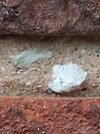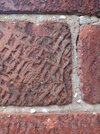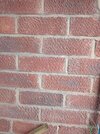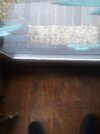- Joined
- 28 Apr 2024
- Messages
- 16
- Reaction score
- 1
- Country

Hi just getting ready to repoint my house. I'm not sure if they've used lime mortar or sand and cement. I've attached pics showing white flecks in the mortar which don't really fizz when sprayed with white vinegar. Anyone got any idea?







